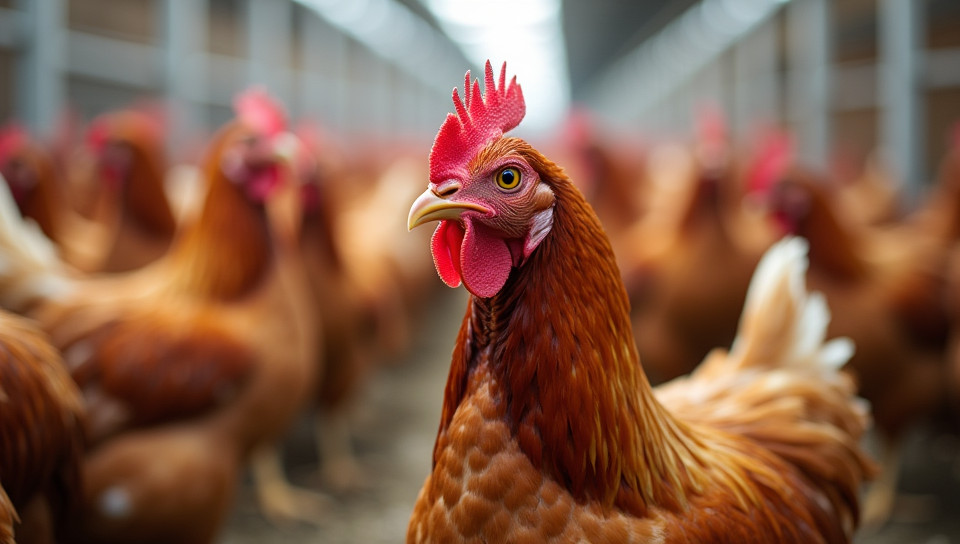Poultry production without antibiotics is better 63%

The Rise of Antibiotic-Free Poultry Production: A Healthier Future for Consumers
As consumers become increasingly aware of the risks associated with antibiotic use in animal agriculture, the demand for antibiotic-free poultry products is on the rise. This shift towards a more sustainable and humane approach to farming has significant benefits not only for human health but also for the environment.
The Problem with Antibiotics in Poultry Production
Antibiotic use in poultry production has been linked to the development of antibiotic-resistant bacteria, which can have serious consequences for human health. When antibiotics are used excessively or improperly in agriculture, bacteria can adapt and become resistant to treatment. This makes it more challenging to treat infections in humans.
The Benefits of Antibiotic-Free Poultry Production
- Improved animal welfare
- Reduced risk of antibiotic resistance
- Enhanced product quality
- Increased consumer trust
- Better environmental outcomes
How Is Antibiotic-Free Poultry Produced?
Antibiotic-free poultry production involves raising birds without antibiotics or other growth promoters. This approach focuses on creating a healthy environment that supports the natural immune system of the animals. Producers use techniques such as:
- Vaccination programs to prevent disease
- Improved sanitation and biosecurity measures
- Nutritional management to promote gut health
- Rotational grazing and outdoor access
The Future of Poultry Production: A Healthier Option for All
As consumers increasingly demand antibiotic-free products, the poultry industry is responding by adopting more sustainable and humane practices. This shift not only benefits human health but also contributes to a healthier environment. With improved animal welfare, reduced risk of antibiotic resistance, and enhanced product quality, antibiotic-free poultry production is the better choice.
In conclusion, the trend towards antibiotic-free poultry production is a positive step forward for both consumers and the industry as a whole. By prioritizing animal welfare, reducing antibiotic use, and promoting sustainable practices, we can create a healthier food system that benefits everyone.
- Created by: Yǔzé Ko
- Created at: Oct. 19, 2024, 7:26 p.m.
- ID: 13646









